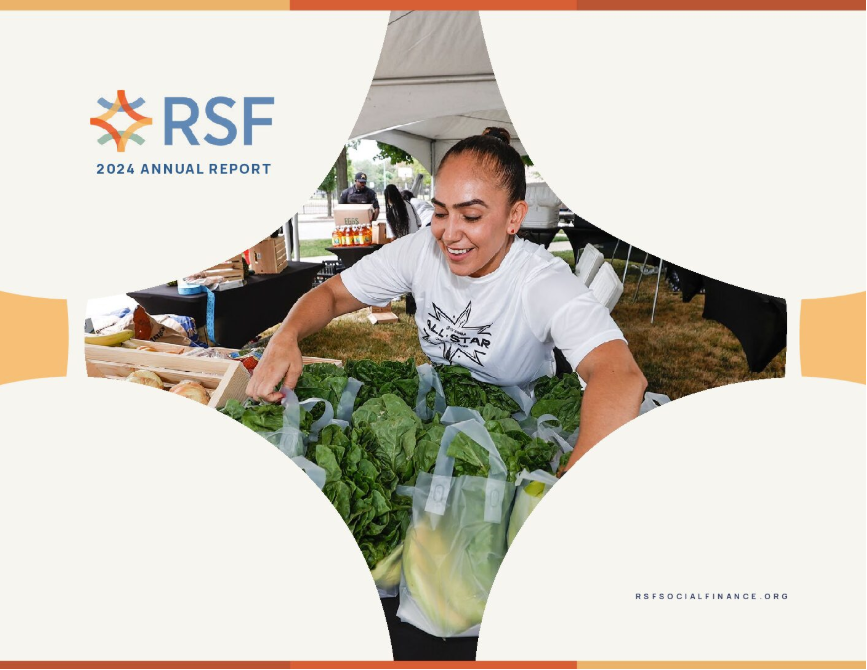Imagine coming to a bridge high over a river on a stormy day. At the threshold is posted a very visible sign saying: “This bridge has structural flaws.” Would you cross that bridge? Would you expect to see additional warnings that say proceed at your own risk, or vehicles over one ton should find an alternate route? And if it doesn’t say that, whose risk would it be? The architect that designed it, the construction company that built it, or the government entity that financed it? How convenient is such ambiguity for avoiding any responsibility or assuring endless and likely frustrating pursuit of culpability?
I don’t want to push the metaphor any further, but the language used by Ben Bernanke, Chairman of the Federal Reserve (as reported by the Los Angeles Times), when testifying before the Senate on the Libor (London interbank offered rate) scandal, relied on those very terms: “It is clear that the Libor system is structurally flawed.” That language is carefully engineered to acknowledge problems while avoiding any accountability. At least he acknowledged that it is a system, which means the participants in the system, banks to be specific, bear collectively the weight and responsibility for the degree to which the system was rigged to support their needs—meaning they could proceed to game the system without regard for any consequences to others, while operating under the assumption that the logic of the structure was opaque to all but themselves.
But, we know that the Libor index affects interest rates on many consumer financial products from mortgages to securities. For example (among many others from the NYT to the WSJ), Peter Eavis and Nathaniel Popper wrote in the NYT: “The flaws in the rate-setting process, which is used to determine the pricing for trillions of dollars of financial products, have been exposed by the latest banking scandal.”
What do we do with this information? Cross that bridge when we come to it? Unfortunately, as an economic community, we are already on the bridge and it has been structurally failing very visibly since 2008, if not well before. The typical response, likely fueled by financial industry-funded public relations, has been to blame the regulators. Anything but take responsibility and make real change. It is as if the poachers are reminding the game warden of their task long after the poaching is complete, and then only because they are forced to do so. The Libor scandal is part of the continuing saga of the structural decay of any ethical practice in the conventional financial system.
Eavis and Popper correctly identified pricing as the function that most directly affects participants in financial transactions over time. I mention this because price is “king” in most economic models; it stands at the center of all monetary-based exchange systems. Yet, how price gets set is one of the great mysteries, and, at the same time, the process offers one clue into the deeper values held consciously or unconsciously in an economic community.
In September 2009, RSF Social Finance decided to eschew any third party index, such as Libor, as a basis for setting interest rates on lending and borrowing—and instead constituted RSF Prime. We took this innovative step because we were seeking (and continue to seek) ways in which our values could actually shine through our financial processes. By shine, I mean light, transparency, and participation by all parties affected by the considerations. True enough, the financial unmasking of 2008 was clearly in the background and certainly at the forefront of our thinking about being ever more mindful of working in a more human way with money. With the purpose of making every financial transaction as direct, transparent, and personal, and based upon long-term relationships, we brought together our Social Investment Fund investors and borrowers to reflect on the appropriate RSF Prime interest rate. We have been doing this every fiscal quarter since 2009. The result is transformative and community building. So, as an RSF Social Investment Fund investor or borrower, you can cross the financial bridge to working with money in new ways with the knowledge that you are actually part of the trussed structure, and that accountability to and for each other is at the heart of every transaction.
By John Bloom
John Bloom is the former Senior Director of Organizational Culture at RSF Social Finance.


